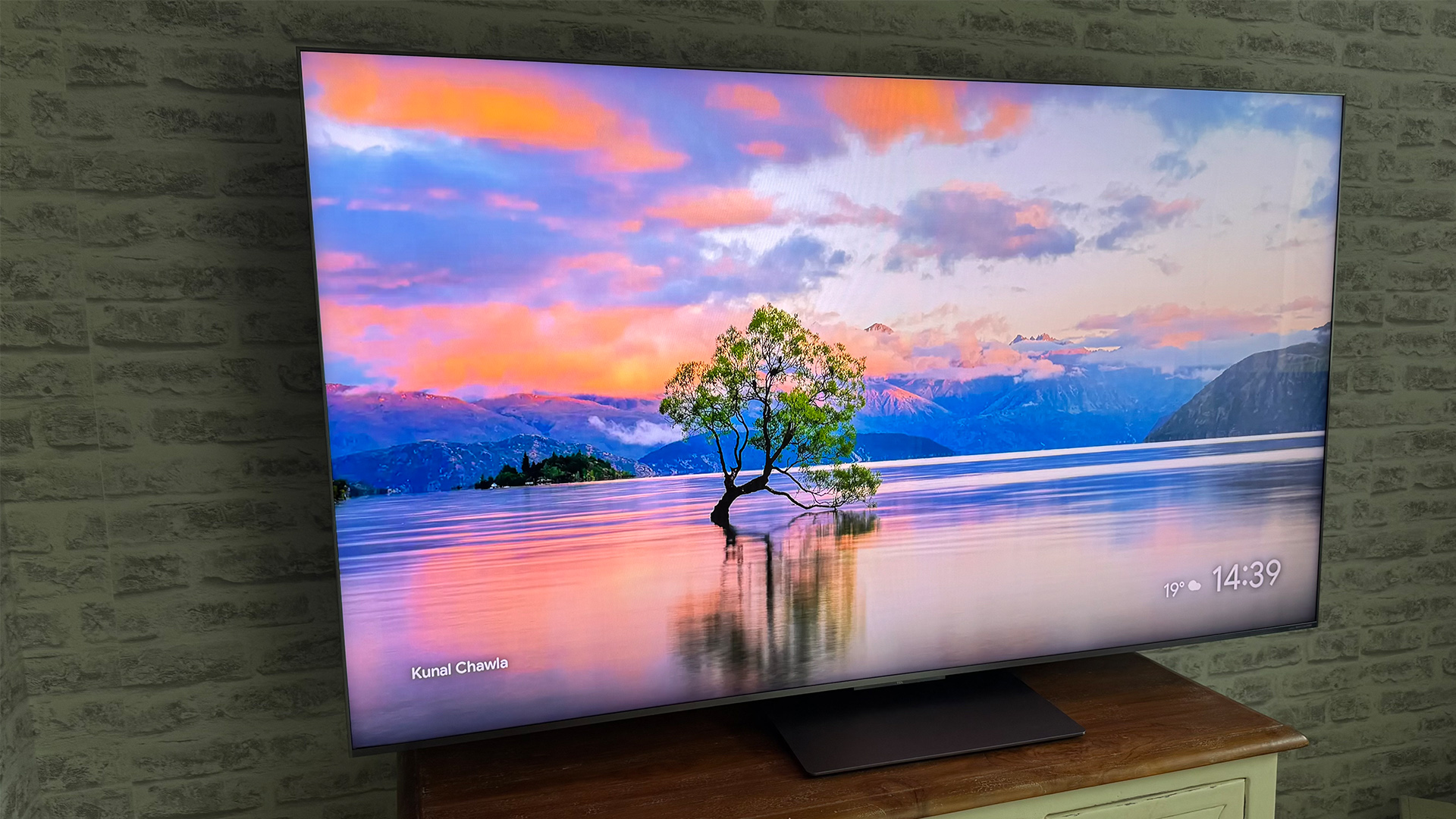Digital equipment with a range of tweaking options may seem like a good idea, but I'm not convinced
Choice is not always a good thing
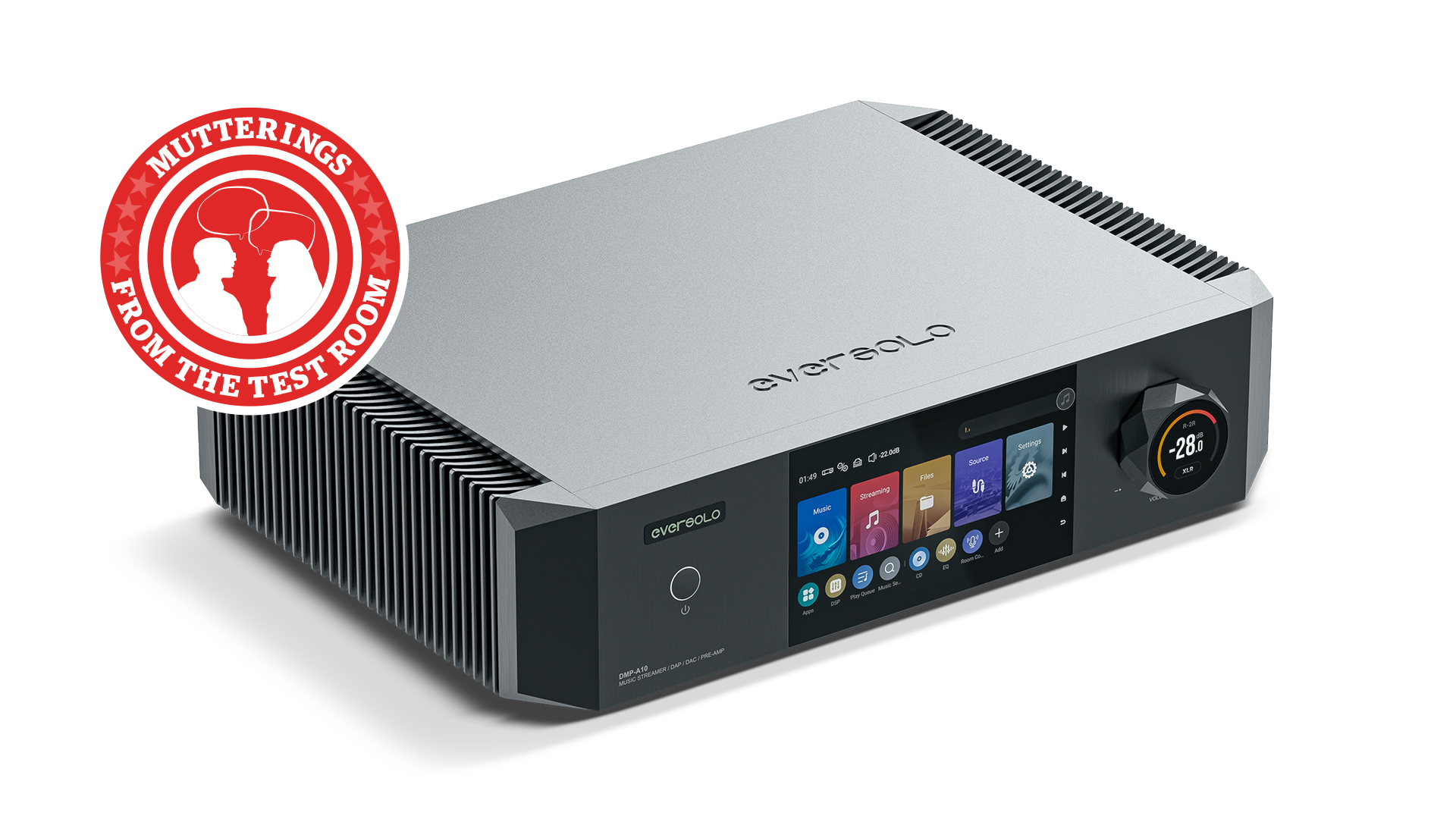
I was lucky enough to interview Dominique Poupart recently, at the launch of Moon’s new 371 streaming amplifier. He is the Product Director at Sim Audio (Moon’s parent company), the person who dictates the types of products the company makes and the various technologies included. Given that he has decades of experience in the industry, it makes for an interesting conversation.
During the interview, I asked him why Moon’s range of high-end streamers, digital-to-analogue converters and CD players doesn’t offer users a choice of digital filter settings. Here is his answer:
“We don’t do that, because people will always fiddle with it, wondering what's the best filter for their taste, instead of listening to music. We prefer to make the selection ourselves because we have to make thousands of decisions when we develop a product, and this should be one of them. If we make that selection, we can optimise everything around it.”
That answer struck a chord with me.
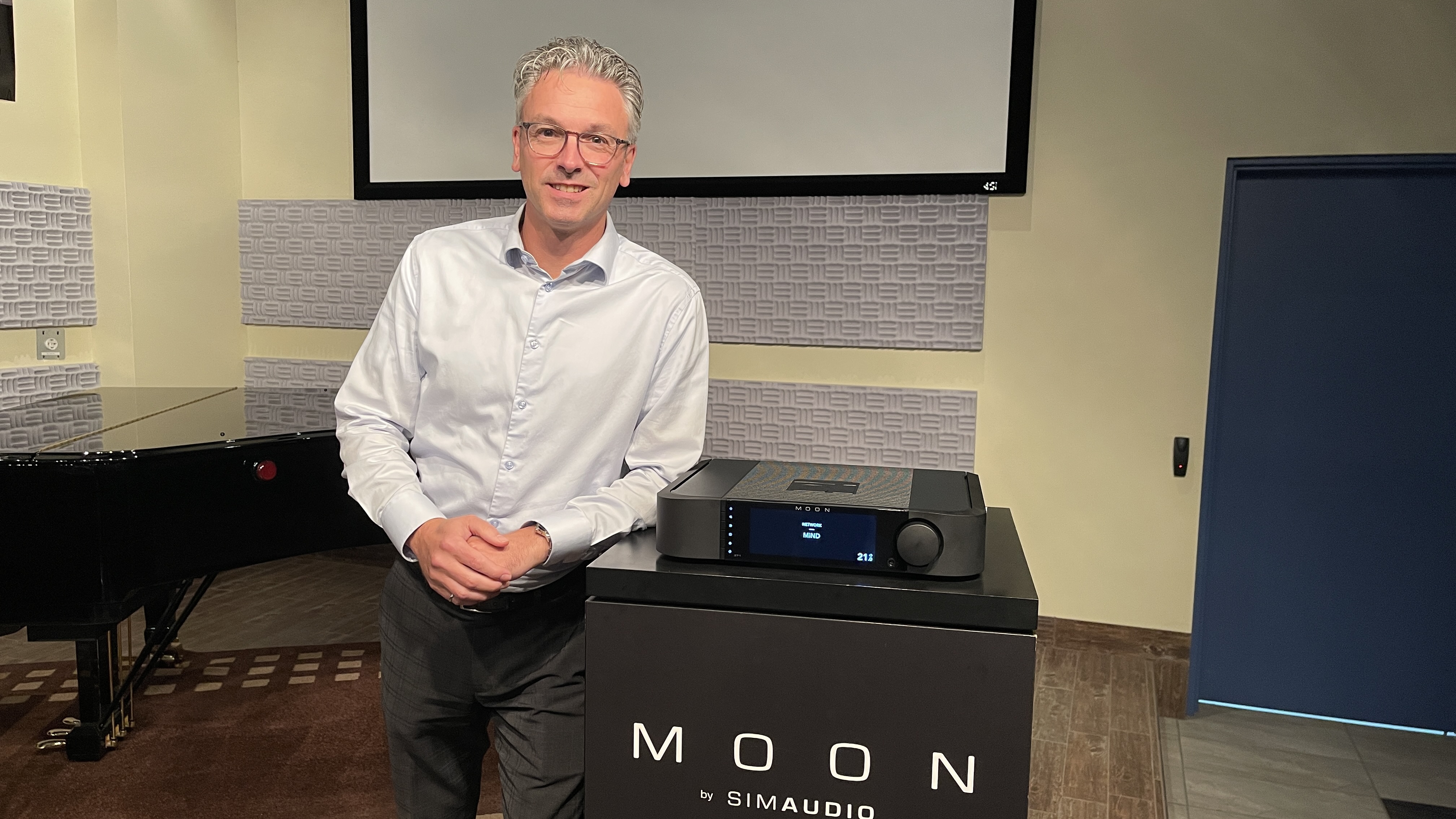
I’ve long felt uneasy about the quantity and value of the various digital filter choices and sound tweaks in many of the digital products we review. You’ll find them offered in nearly every digital product category, from DACs and streamers to amplifiers and wireless headphones.
Over time, I’ve come to think that among the multitude of adjustments, there are generally just one or two worthwhile options, probably those that tie in with the original vision the engineers had. The rest are just filler, added because the marketing department demands it, or the DAC/DSP chip already includes the functionality, making it easy to implement.
Such features serve to give the impression of choice, of allowing the listener to fine-tune to taste; but the reality is that most just detract from the unit’s performance in one way or another, or don’t make enough of a difference to be worthwhile.
The latest hi-fi, home cinema and tech news, reviews, buying advice and deals, direct to your inbox.
One recent example is Eversolo’s fully loaded DMP-A10 music streamer, which offers seven digital-filter settings, a 15-band graphic equaliser, and a 10-band parametric option. The user can even control the path that an analogue input signal takes.
But I don’t want to make such choices; that’s something the engineers should do.
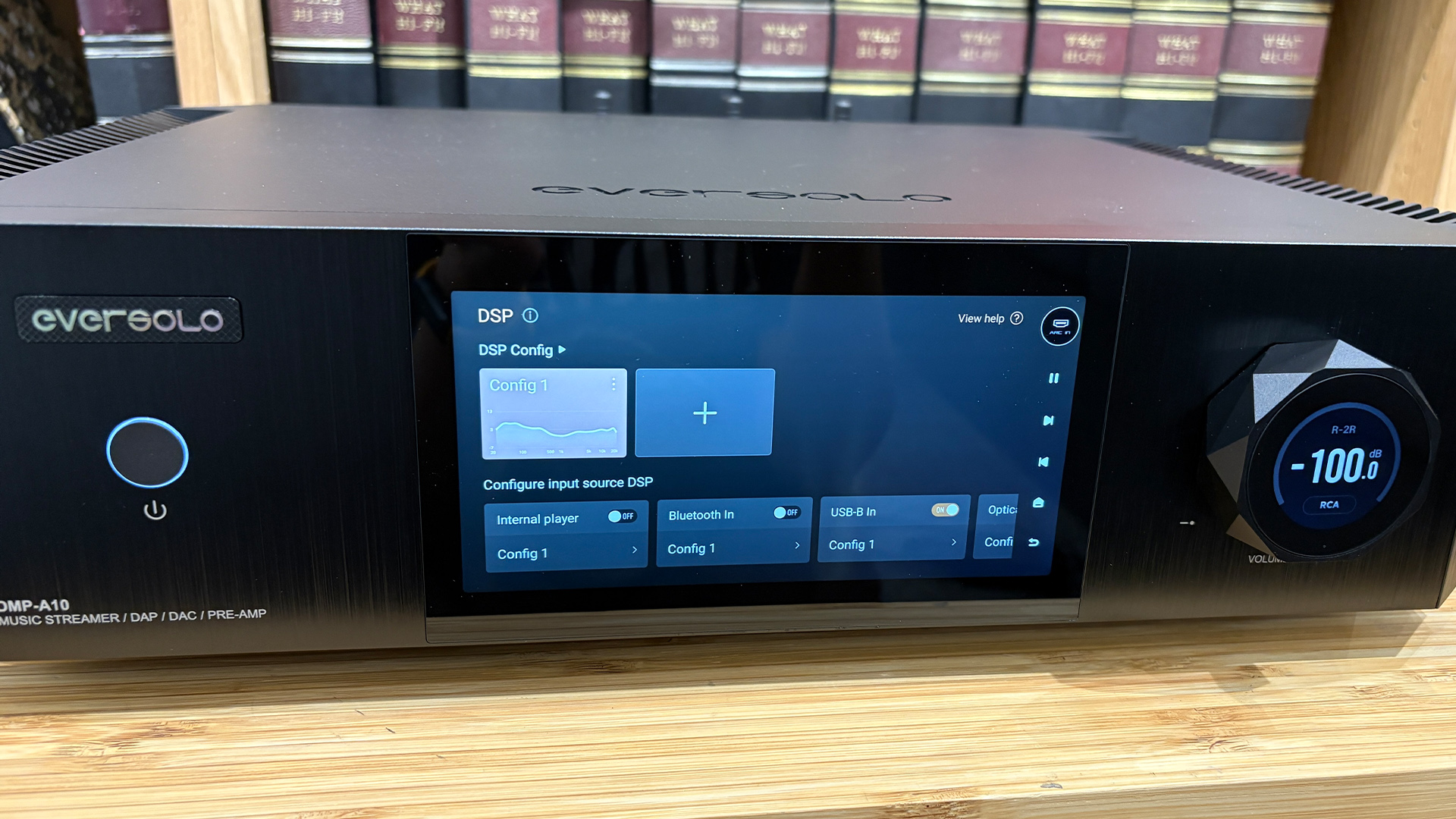
Of course, no one is forced to play with all the options. But, to paraphrase Dominque Poupart, it's hard to resist the urge to mess about rather than just listen; there is always the nagging feeling that the sound could be better if you just tweak a bit more.
It takes away from the enjoyment of listening to the music for me.
Of course, it’s not just Eversolo. High-end digital royalty such as dCS isn’t shy about offering plenty of customisation. Our review of the Rossini Apex DAC speaks of six standard filter settings, including two that behave differently depending on the file resolution. There are another five options for DSD streams and one specifically for MQA playback.
It doesn’t stop there; you even get to choose between a trio of software options for running the dCS’s innovative Ring DAC circuitry. What’s the point when the company has already done the comparisons and knows which one sounds better? To confirm, the new software was indeed superior.
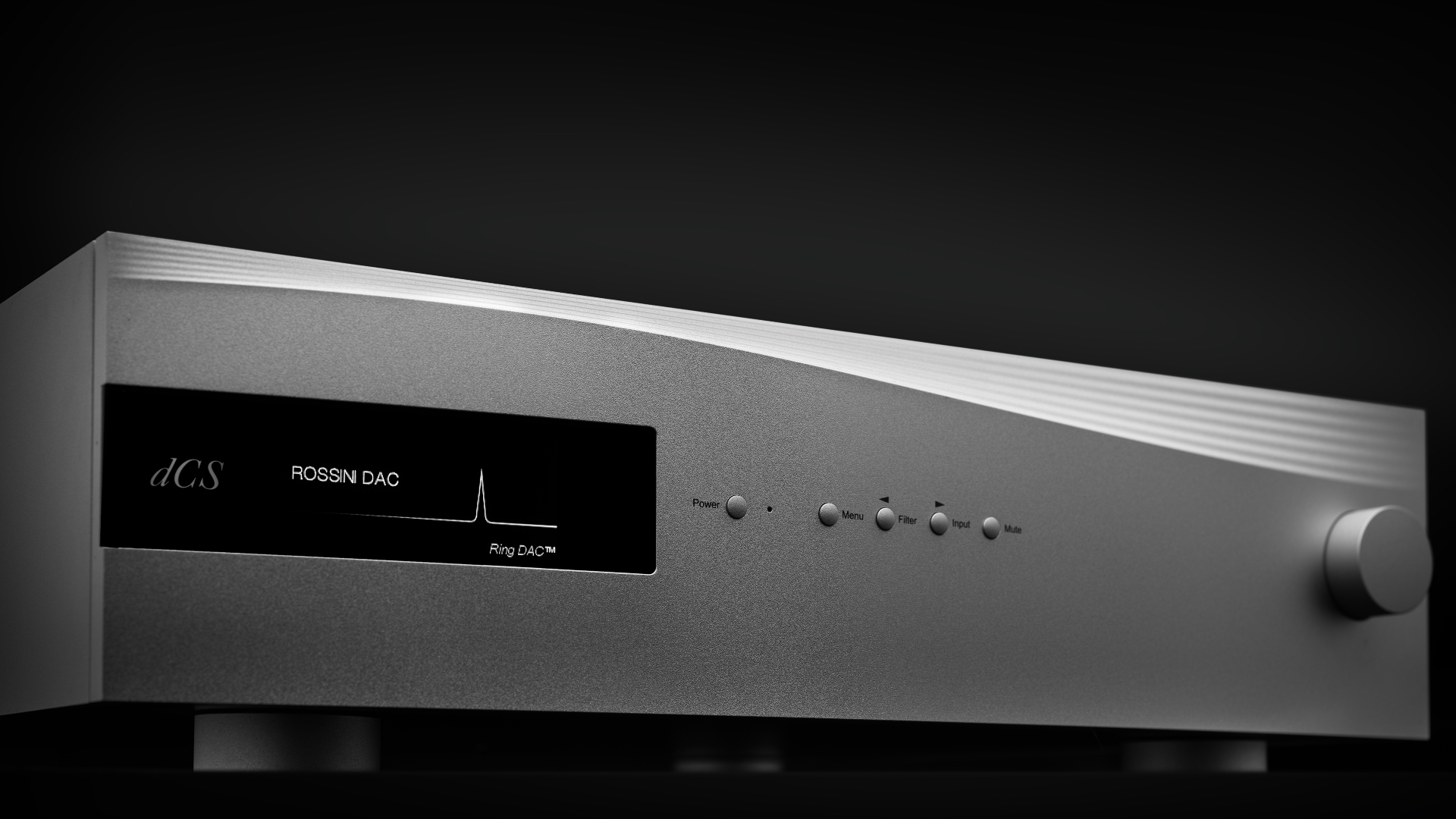
After all that, it would be remiss of me not to mention that the dCS Rossini Apex is an exceptional performer and, once I’d worked through the various settings, certainly one of the best sounding digital-to-analogue converters I’ve experienced.
However, I just wanted to enjoy my music, and it felt like the DAC was putting hurdles in my way.
Like most other manufacturers, dCS and Eversolo, I’m sure, know exactly which settings allow their products to deliver the best sound. In some cases, these are likely to be the default options, but that’s not always true, either. One engineer (not anyone from either of these brands) confided that the default settings on his products are those that measure best rather than deliver, in his view, the best sound.
I could go on, but when even normally conservative hi-fi companies such as Arcam and Cyrus start offering numerous digital-filter choices on their amplifiers, streamers and CD players, it is clear that the industry feels there is a demand for such tweaking.
Maybe there is, or maybe a vocal minority of hi-fi enthusiasts has hijacked the agenda.
Regardless, I don’t think a Michelin-star chef would take too kindly to people adding a dollop of ketchup to their prize dish, so why are hi-fi manufacturers so keen to allow their customers to do the sonic equivalent to their otherwise painstakingly honed designs?
MORE:
What Hi-Fi? Awards 2025 winners revealed!
What does the future hold for Bluesound and NAD? We talk to Lenbrook's CTO to find out
Integrated vs pre/power amplification: the pros, cons and which is best for you

Ketan Bharadia is the Technical Editor of What Hi-Fi? He has been reviewing hi-fi, TV and home cinema equipment for almost three decades and has covered thousands of products over that time. Ketan works across the What Hi-Fi? brand including the website and magazine. His background is based in electronic and mechanical engineering.
You must confirm your public display name before commenting
Please logout and then login again, you will then be prompted to enter your display name.
